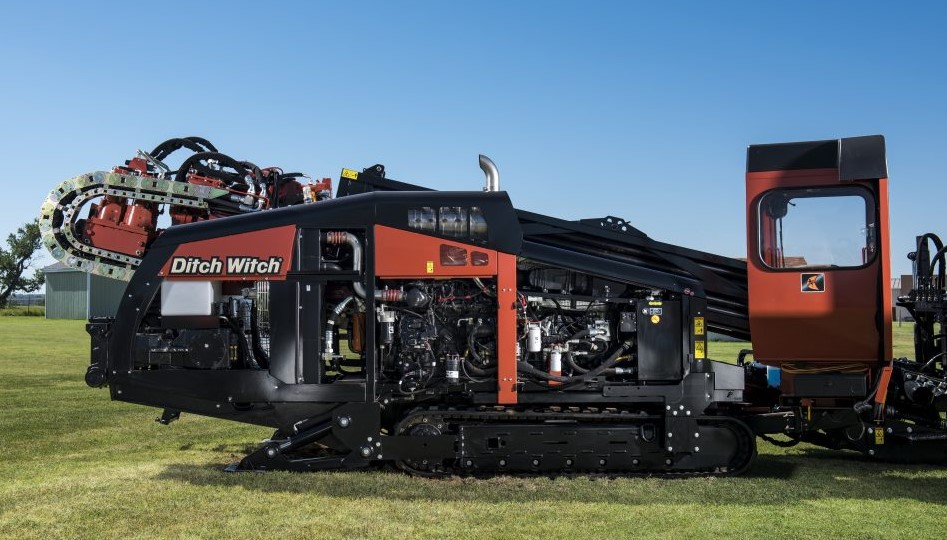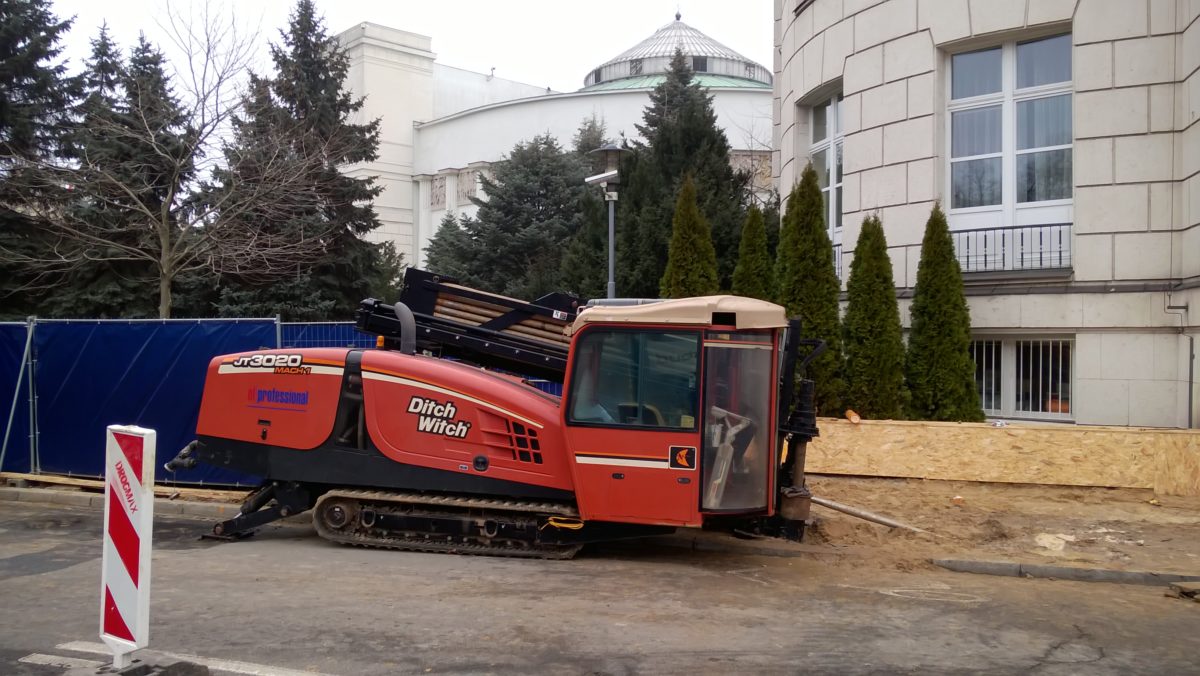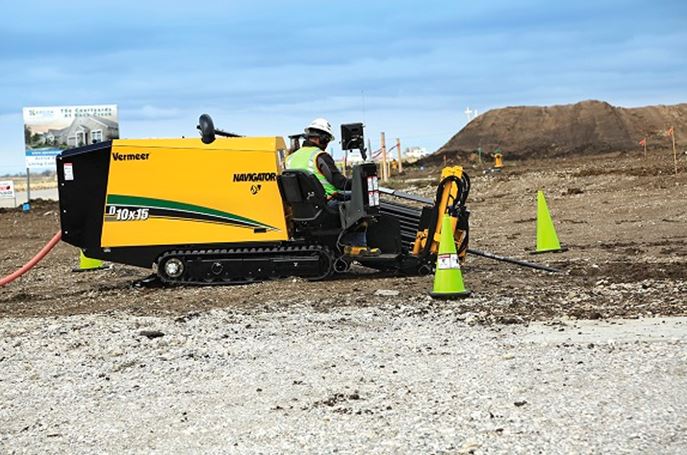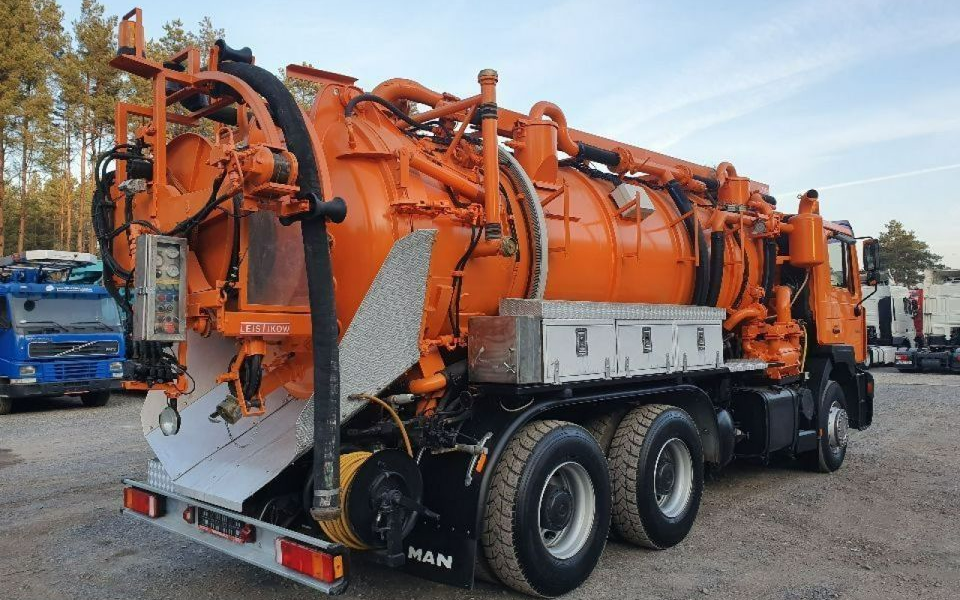PD80/45CU H – PD 80/45 CU charakteryzuje się wysoką elastycznością i maksymalną wydajnością. Wiertnica do przekroczeń rzek i długich przewiertów i średnic instalowanych rur. Maksymalna siła uciągu 800 kN.


JT60 – a combination of power and efficiency (pressure and pull force 267 kN), ensuring customers get the job done smoothly. Long service life. Perfect for difficult drilling of large diameters.
Vermeer D40x55 Series 3 – najlepsza wiertnica w swojej klasie. Następca uznanej i docenianej wiertnicy D36x50 seria II , której sprawdzona konstrukcja zachwycała swoimi możliwościami i osiągami. Uzyskiwana siła uciągu 180kN.


JT3020 - extremely strong and reliable anchoring system enabling stable operation in difficult conditions. Pulling force of 134 kN. Works well in urban and suburbs.
Vermeer D10x15 seria S3 – niezawodna i ekonomiczna wiertnica dla małych instalacji w terenach mocno zurbanizowanych. Siła uciągu 44,5kN.



